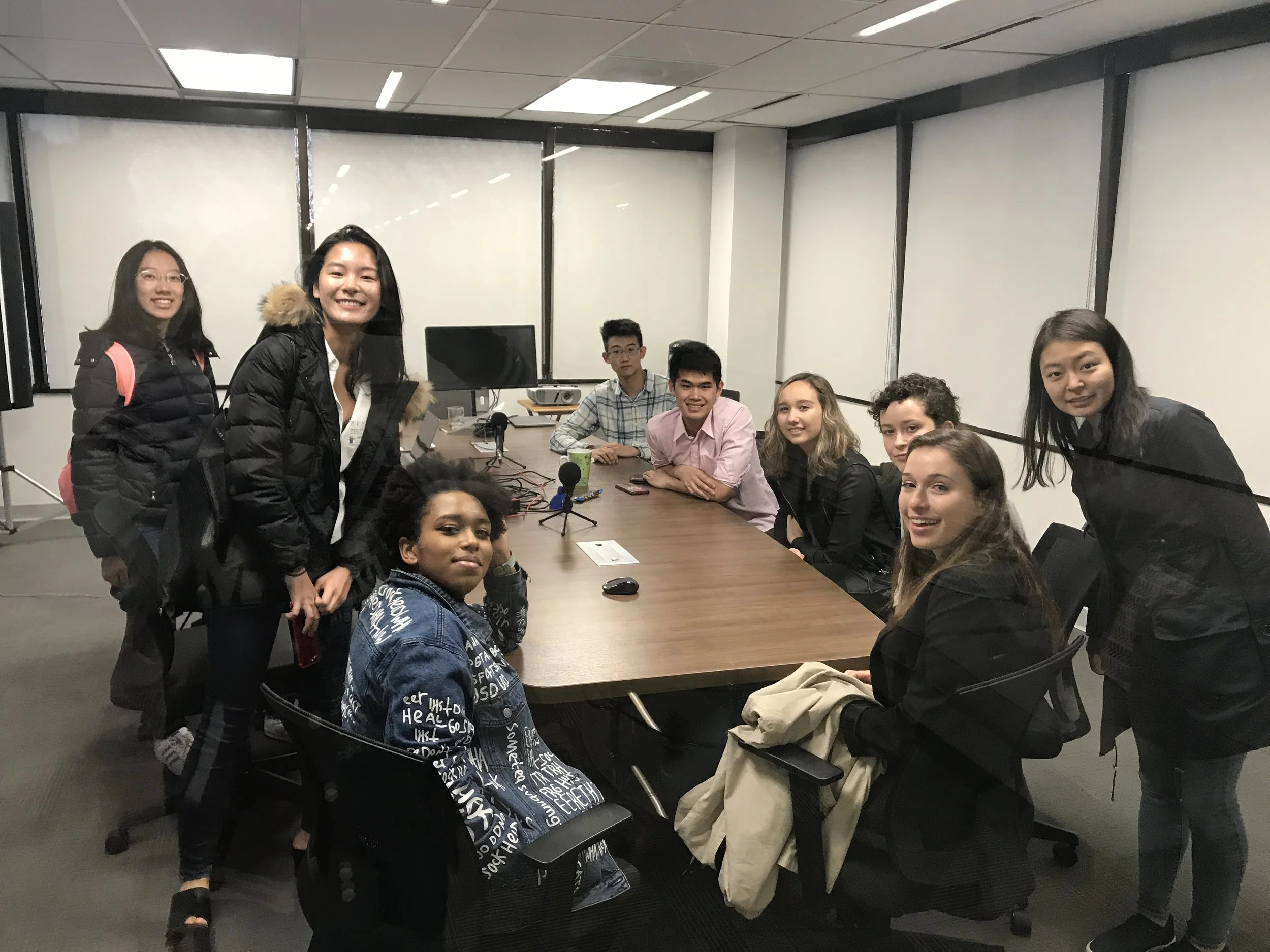Wednesday's reflections are written by: Paticha Areepipatkul '18, Caren Ye '17, Korkid Akepanidtaworn '18, Pate Sanders '17, and Aidan Martinez '18.
Launch Month Reflection
By Alex Garcia (Co-President)
This month marked the launch of Kai Entrepreneurship, and the team wasted no time getting the word out about new opportunities regarding entrepreneurship and tech on campus, in addition to also initiating plans for engaging a broader swath of campus in our programs.
When Work and School Collide: The Status of Work-Study
Last year, Aidan Martinez ’17 held three jobs on campus. During one period, he worked over 20 hours per week.
To put this in perspective, a typical academic schedule at Wesleyan University entails 10 to 12 hours of class per week, meaning that Martinez, a work-study student, spent nearly twice as much time at work as he did in class.
“I worked in New Media Lab, the Wesleyan Media Project, [and] the Bennet Res Life office, so I had to really juggle these things around,” Martinez said.
The University’s Financial Aid website explains why it is beneficial to employers to hire students with work-study eligibility.
“Federal Work-Study is a campus-based employment program that is subsidized by federal funds,” reads the University’s Financial Aid website. “Students that are eligible are allocated a specific amount of work-study that they can earn and apply to the cost of their education. 50 percent of a student’s wages are paid by these federal funds. So, for example, if a student is paid $9.00/hour, [the employer] would be responsible for $4.50/hour and the federal government would pay the remaining $4.50/hours up until you exhaust your work-study allotment.”
Kaya Kwento
By Mika Reyes (Member of the Kai Branding Team)
kwento (n.): a story, a tale, a narrative.
When my friends come to me screaming, “I have kwento!” in the most Taglish accents they can muster, I always feel a jolt of excitement run through me. I approach them, eyes wide, ears open, ready to listen to their story. Whether it’s a brief kilig moment with their crush, a rant they need to let out, a deep conversation with a friend, or a quick update about their day, I always enjoy hearing what they have to say. No matter what they’re itching to tell, the words are etched in their histories, the past gives way to the present, and the stories they share shape a part of who they are.
Everyone has a story to tell, each one unique from any other. Let me tell you mine.
Speaking While Female
By Vanessa Garcia (Kai Guest Contributor)
It’s Monday morning and they file into the boardroom. Dressed in the black or blue suits they wear every single day, the business men joke with each other, laughing boisterously as they recall the Seattle Seahawks’ final play the day before. Before the boardroom door is closed, a business woman in a gray pantsuit hurries in with a coffee cup and her work documents. Looking around the long meeting table, she scans the seats for a place to sit. She quickly notes to herself that there are only men in this room, but this objective observation does not surprise her: it’s her day-to-day setting.





![Kai Wesleyan Takes on Silicon Valley [Wednesday]](https://images.squarespace-cdn.com/content/v1/54ad7fbee4b043d889a6f4ae/1426314734795-PZPDB1GZ3TW4KZ6L4TBW/image-asset.jpeg)



